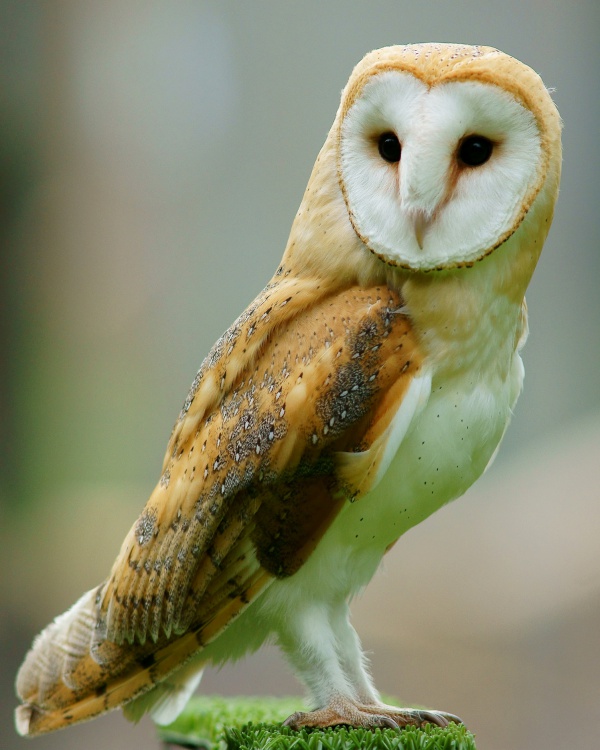Facts About Barn owl
The barn owl, often referred to as the common barn owl, is a captivating bird found across almost every continent, excluding polar and desert regions, certain parts of Asia, Indonesia, and some Pacific islands. There are several subspecies of barn owls, each varying in size, coloration, and habitat. Barn owls are easily identified by their mottled grey or brown plumage, heart-shaped faces, and eerie screeching calls.
Barn owls are nocturnal hunters, primarily preying on small mammals. Their exceptional hearing allows them to locate prey even in complete darkness. These owls are known to form lifelong pair bonds. The female lays and incubates eggs, while the male hunts and provides food. They nest in hollow trees, abandoned buildings, or cliffs, with their breeding season varying by location.
Barn owls inhabit a range of environments but prefer open areas with grasslands and some woodland. They are silent flyers, thanks to their specialized feathers, and possess a unique hovering technique when hunting. Barn owls play a crucial role in natural rodent control due to their high consumption of rodents.
Although barn owls are not globally endangered, certain local populations have declined because of habitat loss, pesticide exposure, and road accidents. To counteract these threats, people have begun installing nest boxes, which provide safe habitats for the owls to live and breed while facilitating researchers' study of their behavior and movements.
Throughout history, barn owls have featured prominently in various myths and superstitions, sometimes viewed negatively in certain cultures. Nevertheless, they are highly valued for their role in controlling rodent populations and their overall ecological contributions. Conservation efforts, such as installing nest boxes, have proven effective in bolstering barn owl populations in many regions.

 Guatemala
Guatemala